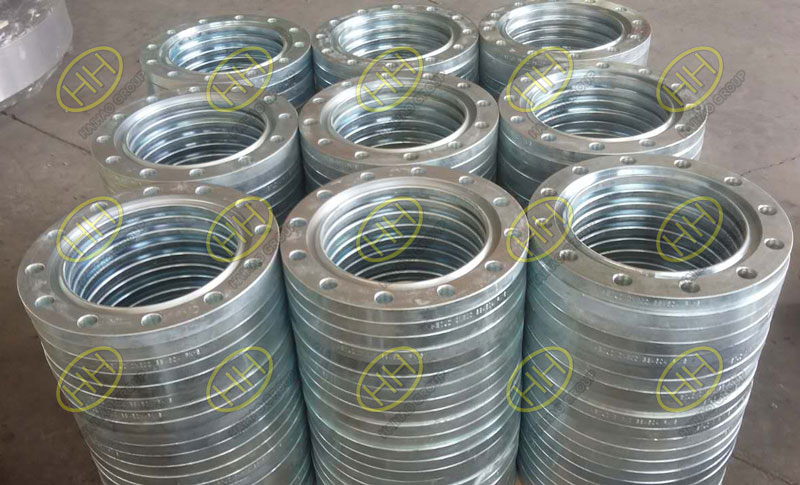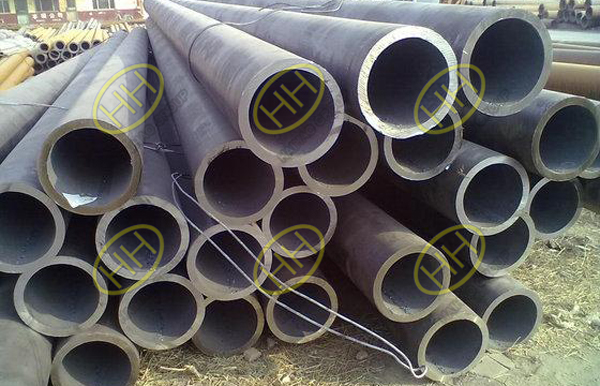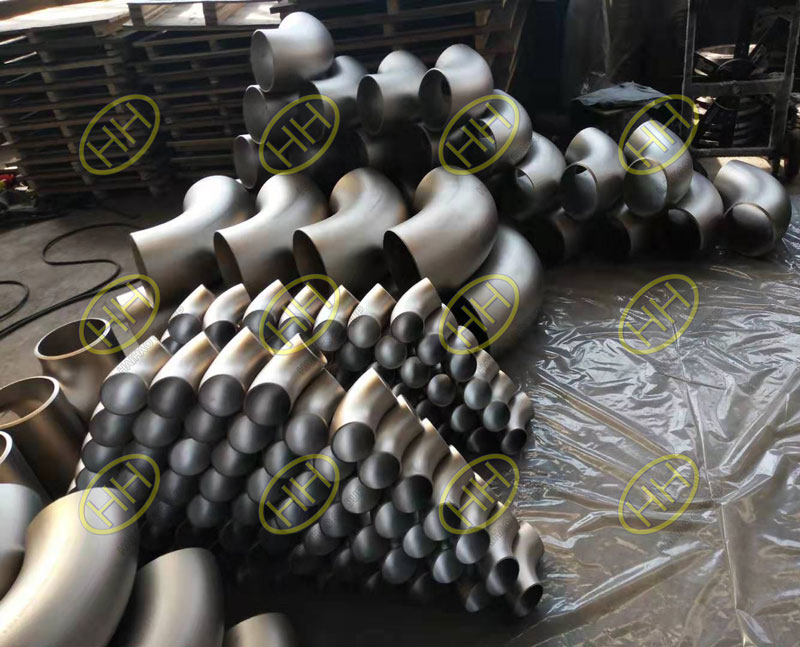Corrosion characteristics of metals such as metal
When most metals come into contact with certain substances in air or water, chemical changes occur that reduce the integrity of the metal. This process is called corrosion. Among them, materials such as oxygen, sulfur, and salt can cause metal corrosion, and metals with good corrosion resistance are represented by stainless steel plates.
When the metal corrodes or deteriorates, it cannot withstand the same load as it did when the corrosion began. So at some point, corrosion can lead to dangerous situations. Metals used in bridges, rails and buildings are subject to corrosion. So monitoring and managing corrosion is very important to avoid the collapse of metal structures.
The corrosion rate of a metal is the rate of deterioration of any given metal in a particular environment. The speed or speed depends on the environmental conditions and the type and condition of the metal. The corrosion rate is based on the number of millimeters per year (in thousandths of an inch).
In order to calculate the corrosion rate, the following information must be known: weight loss (reduction of metal weight in the reference time period), density (metal density), area (initial total area of the metal sheet), time (length of the reference time period).
In order to convert the corrosion rate between annual density and metric tons of equivalent millimeters per year (mm/y), the following formula can be used:
1 mpy = 0.0254mm / y = 25.4 microm / y. Calculate the corrosion rate of metal loss: mm / y = 87.6 × (W / DAT). Where W is the weight loss in milligrams, D is the metal density (g/cm3), A is the sample area (cm2), and T is the metal sample exposure time (hours).
The rate of corrosion is important because the rate of corrosion determines the lifetime of the metal structure. This reality determines the choice of metals for different purposes and in different environments. It also determines the maintenance requirements for metal structures. Metal structures in wet environments may require more frequent maintenance than similar structures in the dryer position. Develop a maintenance plan based on the above calculation types.
Corrosion engineering is a relatively new profession dedicated to slowing down, reversing and avoiding the effects of corrosion on materials and structures. They are responsible for developing coatings and processes that can be used for metals to improve the corrosion resistance of metals. They are also involved in the development of materials that are not easily corroded. For example, new non-corrosive ceramics can sometimes replace metals. Corrosion engineers can recommend and implement solutions where corrosion can be dangerous or expensive.For more information,please feel free to contact us.Email:sales@haihaogroup.com



